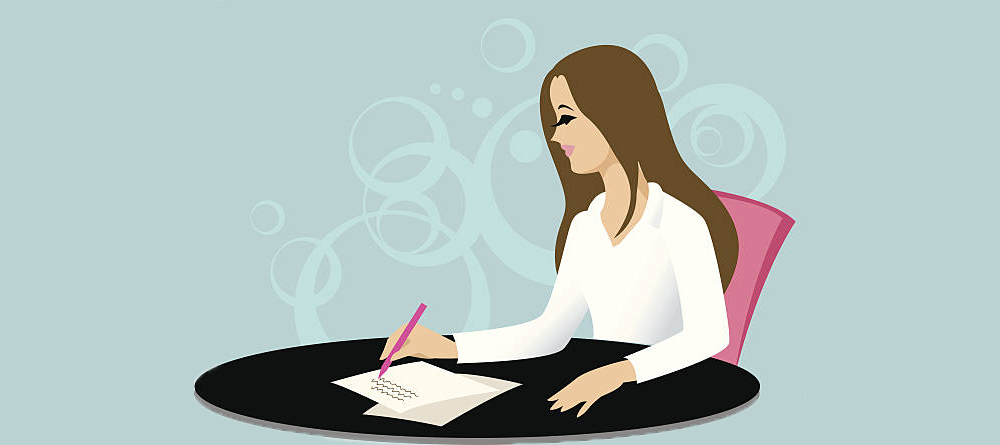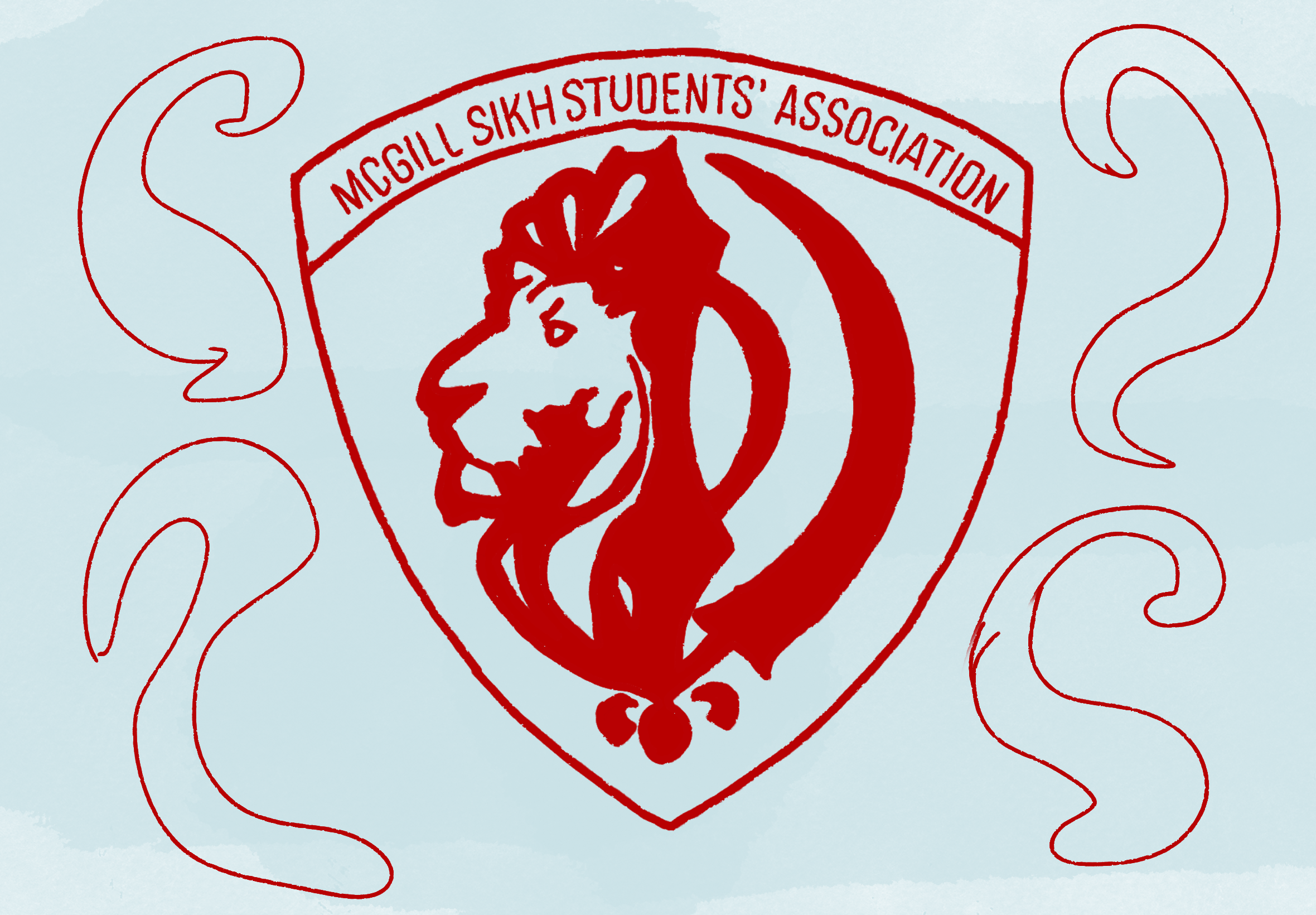Picture this: You’re in a classroom, looking alive as the lecture drones on. About half of the students, typing their notes quickly, seem to be outpacing those who choose to write the old-fashioned way. Where do you stand in this faultline?
The sea of laptops that flood most lecture halls today tells us that typed notes are the obvious choice for most students. By the numbers, notetakers on their laptops or iPads take the lead—writing notes by hand reaches a meagre average of 13 words per minute, while typewriting allows for an average of 40 words per minute.
Clearly, the speed and efficiency of typewritten notes make it easy and uncomplicated to summarize a lecture; however, being too comfortable with easy approaches to studying can dilute active involvement in your own education. Typewriting can be a double-edged sword: On the one hand, it allows you to copy everything down efficiently, but on the other, it enables mindless transcription without you processing the content. Although taking notes by hand is more work, here are a couple of reasons why you should give it the “old college” try.
Staying focused in class
Resisting the urge to doze off in class can be a real battle, but it’s no easier when you get email notifications or have to fend off the urge to scroll through Twitter on your laptop.
Cella Wardrop, U1 Arts, explains that she writes on paper as a way to keep herself attentive in lectures.
“For me, writing [by hand] is more of a tool for paying attention in class. It does seem like taking notes on a computer is a little distracting,” Wardrop said in an interview with The McGill Tribune.
Signy Sheldon, professor of psychology and the head of McGill’s Sheldon Memory Lab, explains that having distractions available to us in our learning environment can make paying attention more taxing.
“Laptops are so many things to us; they’re entertainment, they are social, and they’re also used for our work and school. So, if you are on your computer taking notes, you might think that ‘Oh, it’s okay if I stop and use this device for its other functions, I might check what’s going on in my email, or look at social media,’ and offering that distraction can really be harmful,” Sheldon said.
“So, not only are you distracted, but the fact that you know that those other functions are there in your computer means that you have to inhibit that information and that requires a lot of cognitive processes and it takes away from paying attention to your lecture.”
Not only does the temptation to check your inbox on your device affect your attention, but distractions out of your control—like looking over a classmate’s shoulder at their online shopping—throws off your focus during lectures. Although it is impossible to eliminate all distractions from a lecture hall, you can minimize them by taking notes by hand.
In an interview with the Tribune, Jessica Taylor, U1 Arts, discussed her experience with a professor who prohibited devices from her lecture hall, forcing students to try their hand at pen and paper note-taking. Creating a device-free environment had a positive effect on Taylor’s overall concentration.
“I feel what made [a device-free lecture hall] less distracting was that it was a unanimous thing.”
Importance of meaning in note-taking
The benefits of handwritten notes go further than just heightened concentration in class, with psychological evidence that handwritten notes may help you cut down on review outside of lecture hours. Sheldon says that due to the levels of processing model, a theory stating that the depth of processing during encoding affects your retention of that information.
“When you’re studying or learning something, you want to process that information at a deep level,” Sheldon explained. “When you connect it to things you already know, you’re going to form a stronger memory, and you’re going to be able to retrieve it more easily during an exam or later on.”
Typing the lecture slides verbatim is an example of shallow processing, a superficial method that observes surface-level material but does not account for meaning. On the other hand, having to summarize the lecturer’s information into handwrite-able bites of information allows for deeper processing—you are adding meaning to the lecture content at the moment of encoding. According to the levels of processing theory, remembering what happened in class should be easier for deep, meaningfully processed information compared to shallow information.
“Often, when you’re taking notes by hand, [you] will connect what is being said […], or you will interpret what’s being said with your own language and with your own knowledge. So you’re more deeply encoding that information,” Sheldon said.
A little extra effort to take handwritten notes in class may help shave time off your exam review––more time at the end of the year for the activities that might have distracted you otherwise.
The embodied experience of handwriting
Anyone who cares about typography knows about the connection between the body and the text. In the shallower processing of typewritten notes, the kinesthetic motion of forming letters by hand versus tapping keys creates a significant advantage. Isabel McQuilkin, U1 Arts, who takes handwritten notes throughout all her classes, suggests that the physical experience of writing notes by hand comes in handy when reviewing a lecture.
“I feel like I remember the information better when I am physically writing it out. I like that I can colour-coordinate and visualize what I’ve just learned,” McQuilkin said. “By writing each individual word, I can kind of remember how it felt when I was writing it.”
McQuilkin can use visual and somatosensory tools from her written notes to help her recall content, asking herself what the word started with or how it felt to write out the letters by trying to visualize her lecture notes.
Sheldon echoes the embodied aspect of handwritten notes: “[If taking typed notes], I would be concerned that you’re engaging in more habitual forms of memory, rather than if you’re writing or taking notes in which you have to slow down.”
While typing gets the information down (a legitimate benefit), tapping keys does not create mental connections like forming letters by hand can. Habitual memory is a physical or mental skill that does not require conscious thought, like riding a bike. So, as your professor lectures, you can transcribe what they are saying without thinking about the meaning behind it. By hand, though you can also reproduce your professor’s exact words, you can’t keep it up for anywhere near as long as typing before resorting to summation. This critical difference distinguishes students who leave the class clueless from those with a solid understanding of the material.
While taking notes by hand may be an adjustment, it is worth trying out. Although parting ways with typed notes may feel unfathomable, the extra effort in lectures will pay off when exam season rolls around.
“My suggestion is during a lecture, instead of splitting your time between trying to furiously write down what’s being said,” Sheldon says, “listen to what’s being said, take selective notes, and then the key is what you do after with the knowledge you get from that lecture.”









